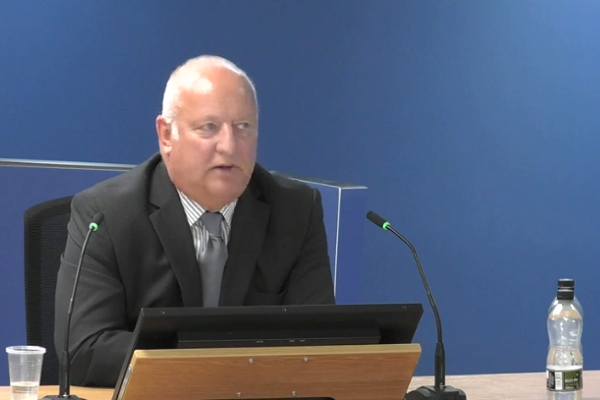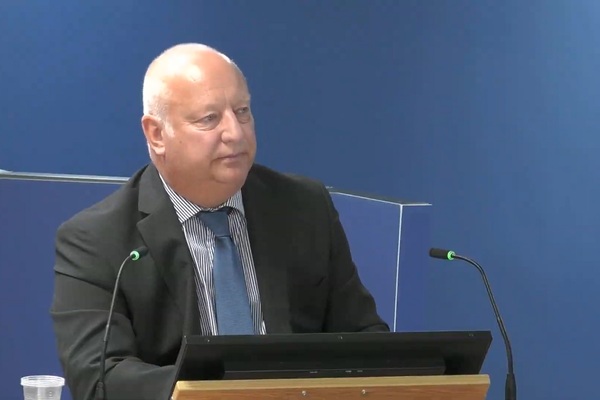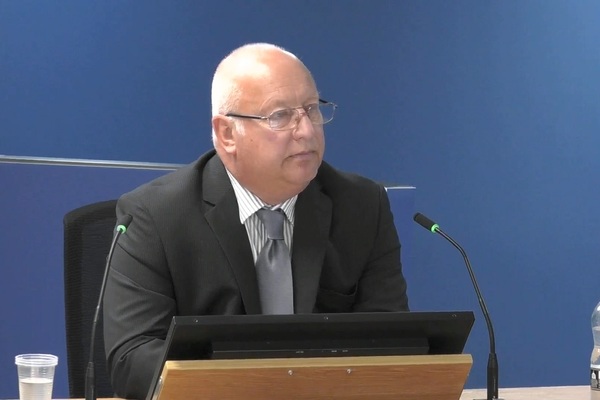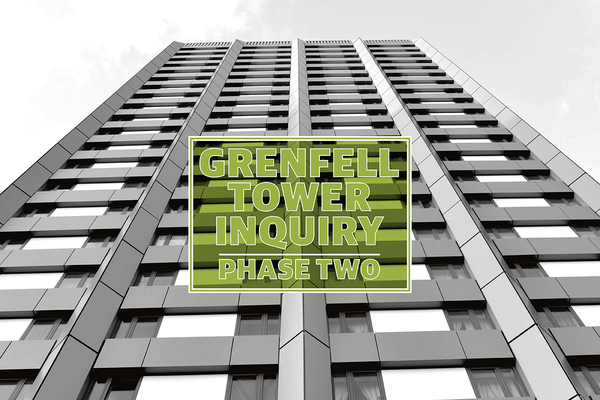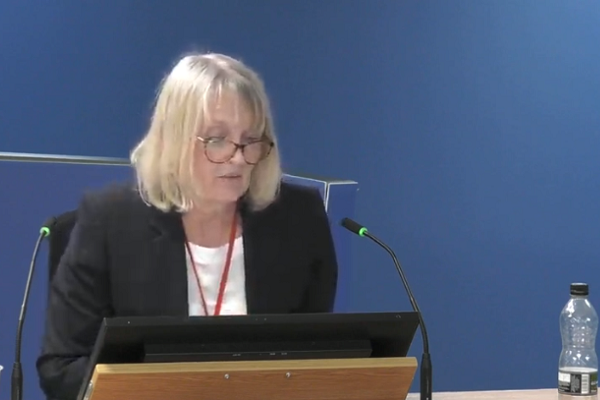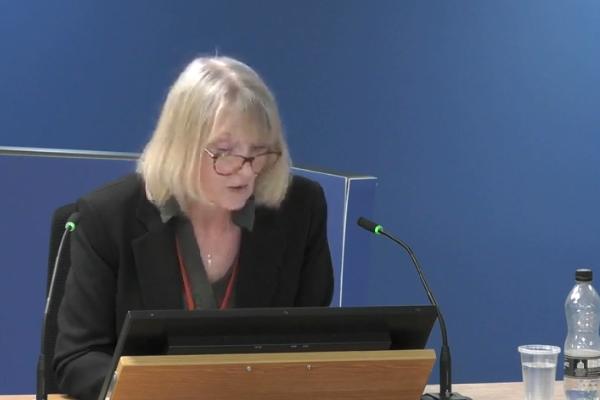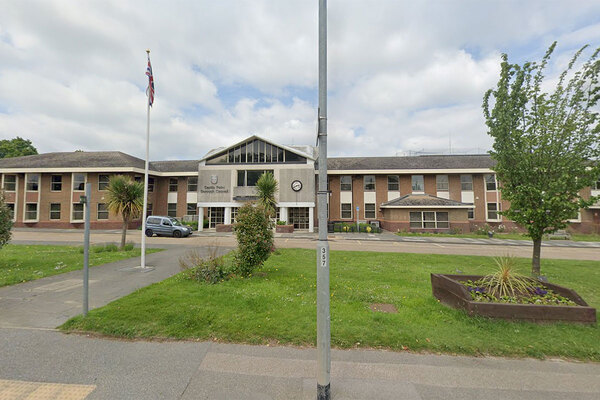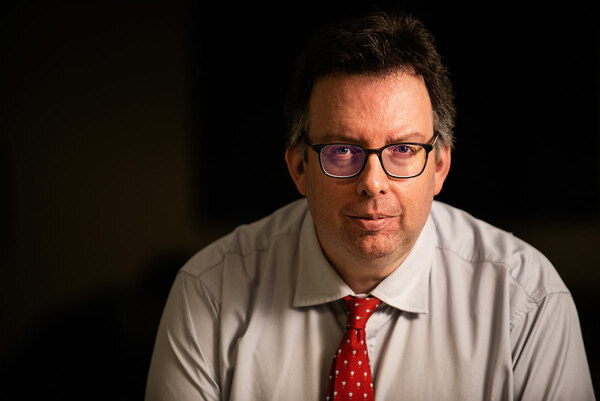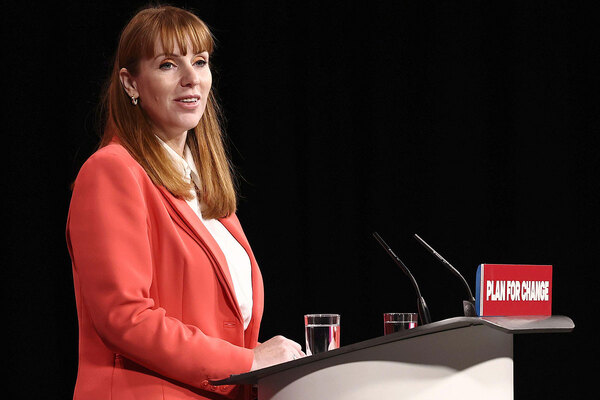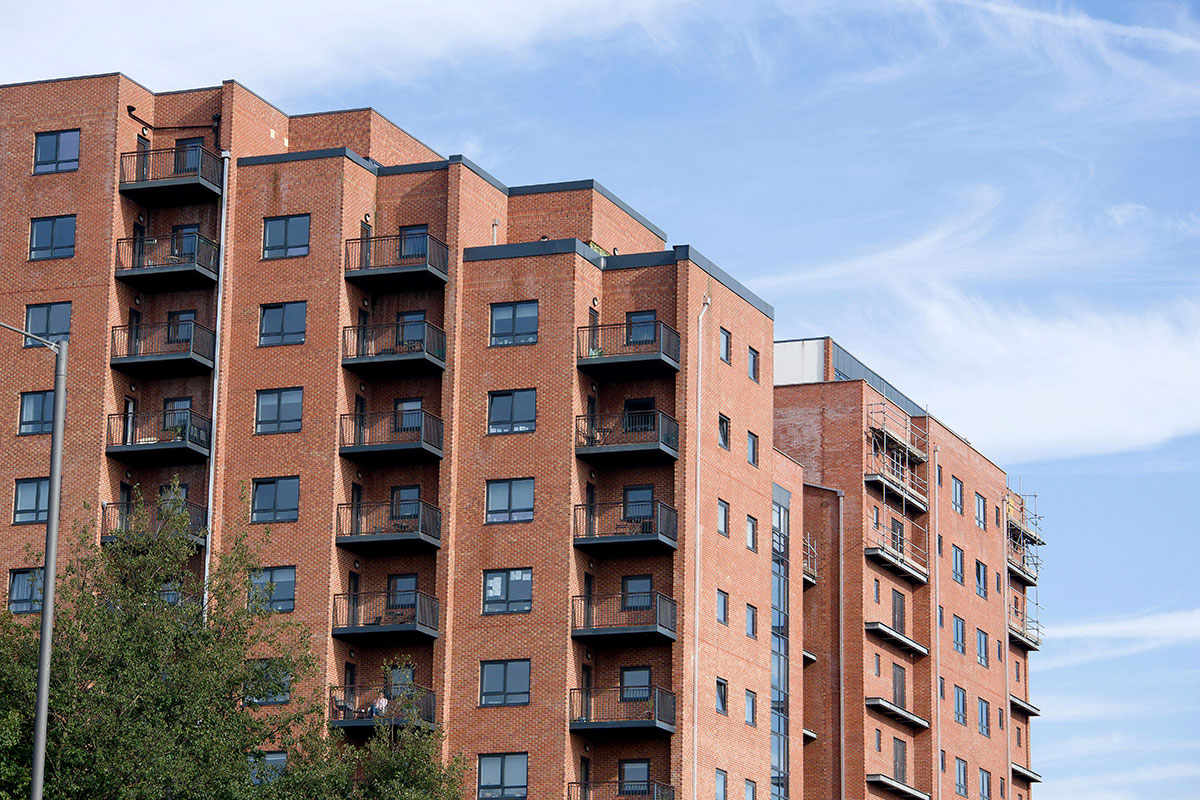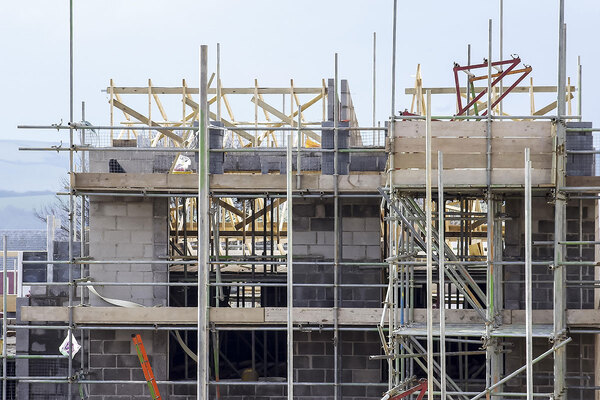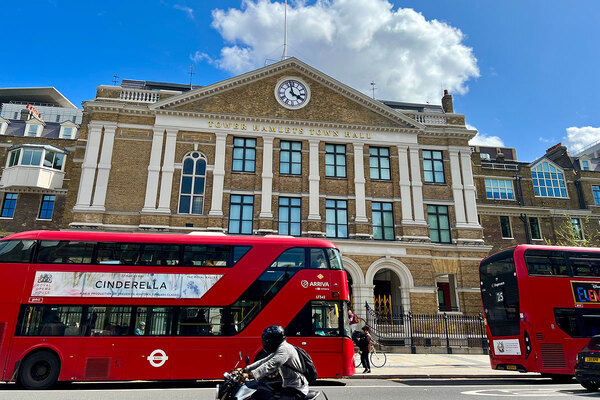Grenfell fire risk assessor assured KCTMO cladding was ‘compliant’ weeks before fire
The fire risk assessor for Grenfell Tower offered assurances that the cladding system installed on the block “complied with the requirements of building regulations” just weeks before the fire, emails released by the inquiry today reveal.
Carl Stokes was asked to comment on a letter from the London Fire Brigade (LFB) which had warned local authorities of the risk of external fire spread in April 2017.
This letter followed a tower block fire at Shepherd’s Court in summer 2016, which had spread over several floors due to combustible panels installed beneath windows.
It “strongly urged” local authorities in London to “consider this issue as part of the risk assessment process for premises under your control”.
The letter was forwarded on from the Royal Borough of Kensington and Chelsea (RBKC) to Kensington and Chelsea Tenant Management Organisation (KCTMO), which then passed it on to Mr Stokes.
On 24 April, Janice Wray, head of health and safety at KCTMO, asked him: “My understanding is that we do not have any blocks with external cladding of this nature. Can you confirm please?”
Mr Stokes replied: “Grenfell was clad but the cladding complied with the requirements of building regulations. Lots of questions asked of [refurbishment contractor] Rydon and answers received back from them.”
In his witness statement to the inquiry, Mr Stokes said his knowledge of cladding materials was “limited” and he was “not a construction or materials specialist”.
“Would you accept that by advising, Ms Wray in the manner you did… you were acting beyond your knowledge and expertise and you ought not to have expressed yourself in such unqualified terms?” asked counsel to the inquiry Andrew Kinnier QC.
Mr Stokes claimed that as the fire in Shepherd’s Bush related to combustible infill panels beneath windows, this was distinct from the full overcladding of Grenfell Tower.
“Shepherds Bush didn’t have external cladding on so… Grenfell Tower or any other TMO block didn’t have any external cladding of the same nature as Shepherds Bush,” he said.
In fact, Grenfell Tower was fitted with window infill panels containing combustible insulation fitted during the refurbishment as well as the cladding.
The inquiry had earlier heard how Mr Stokes advised KCTMO in a risk assessment in 2014 to answer a series of questions relating to the new cladding system, including “the fire rating of the cladding and the fixings”.
He said he had included this question after visiting the site and noticed samples of the cladding material on the external walls.
He then produced further risk assessments in April and June 2016 which described the cladding as “fire rated” and said the system had been “approved and accepted” by building control officers.
However, he accepted under cross-examination today that he had not actually seen any evidence of this when he wrote these assessments and based it on informal assurances he was given by Rydon staff when he was on site.
The refurbishment was ultimately issued with a completion certificate by building control after Mr Stokes completed his risk assessment.
The first phase of the inquiry has already found that the cladding system breached the fundamental requirement of building regulations that the walls of a building “adequately resist” the spread of flame.
Expert evidence has also concluded that it did not comply with any of the ‘routes to compliance’ contained in statutory guidance, as it utilised combustible insulation that was below the minimum standard required and was not justified by a full-scale test or desktop study.
Earlier in the day Mr Stokes had been asked about statements he made regarding the building’s smoke extract system, which was deemed “beyond repair” in an assessment for KCTMO in October 2014.
But Mr Stokes’ risk assessment simply said the system was “being upgraded” during the refurbishment, not spelling out that it was in fact not functioning.
“Would you agree that by not recording the fact that the [smoke ventilation system] wasn’t working, you gave rise to the incorrect assumption that [it] would work in the event of a fire?” asked Mr Kinnier.
“But [the system] was working, it just wasn’t working 100%” Mr Stokes replied.
“Where do you say that in the [risk assessment]?” asked Mr Kinnier.
“I don’t,” he replied.
This failure of the smoke system had resulted in a deficiency notice being issued for the tower in March 2014, something Mr Stokes recorded in the assessment without giving the details of the broken ventilation system.
“Would you accept that by not setting out the substance of the LFB’s concerns in relation to the [smoke ventilation system], you’ve given the impression of downplaying the gravity and seriousness of the problem?” asked Mr Kinnier.
“No,” responded Mr Stokes, who argued that he had made clear details could be found from the deficiency notice itself if required.
At the end of his evidence, Mr Stokes was asked if he would do anything differently. He said he believed he had carried out the assessments “to the best of my ability” and “within the requirements of the fire safety order”.
The inquiry will not sit on Wednesday or Thursday due to a bereavement in the team of barristers who represent it. The inquiry will resume on Monday 7 June with evidence from Ms Wray.
Sign up for our weekly Grenfell Inquiry newsletter
Each week we send out a newsletter rounding up the key news from the Grenfell Inquiry, along with the headlines from the week
Already have an account? Click here to manage your newsletters
